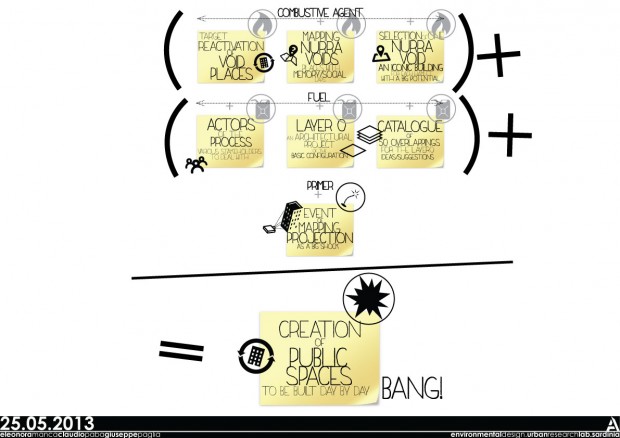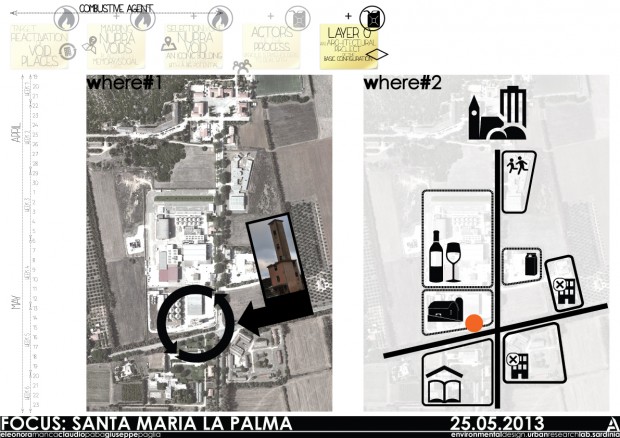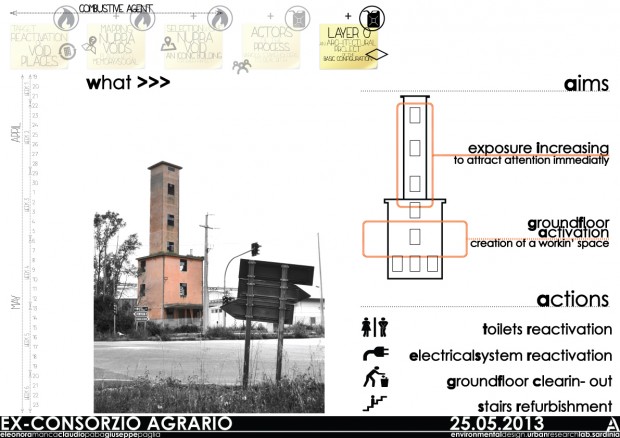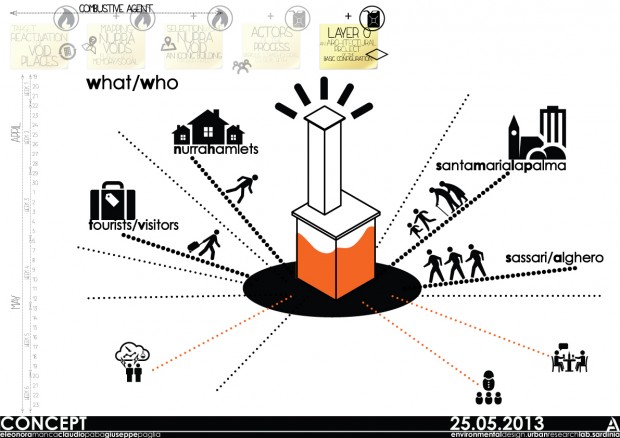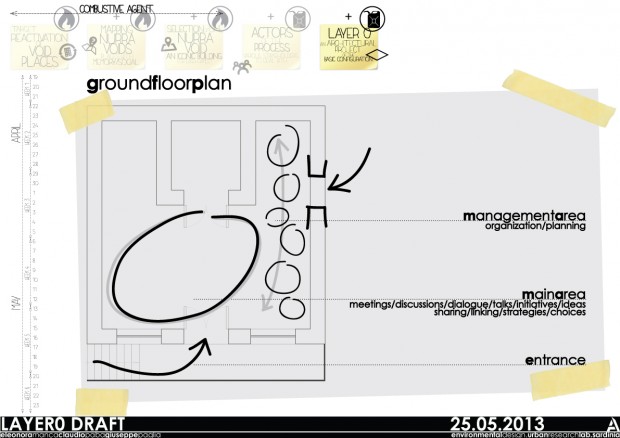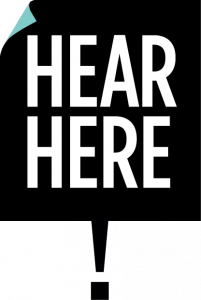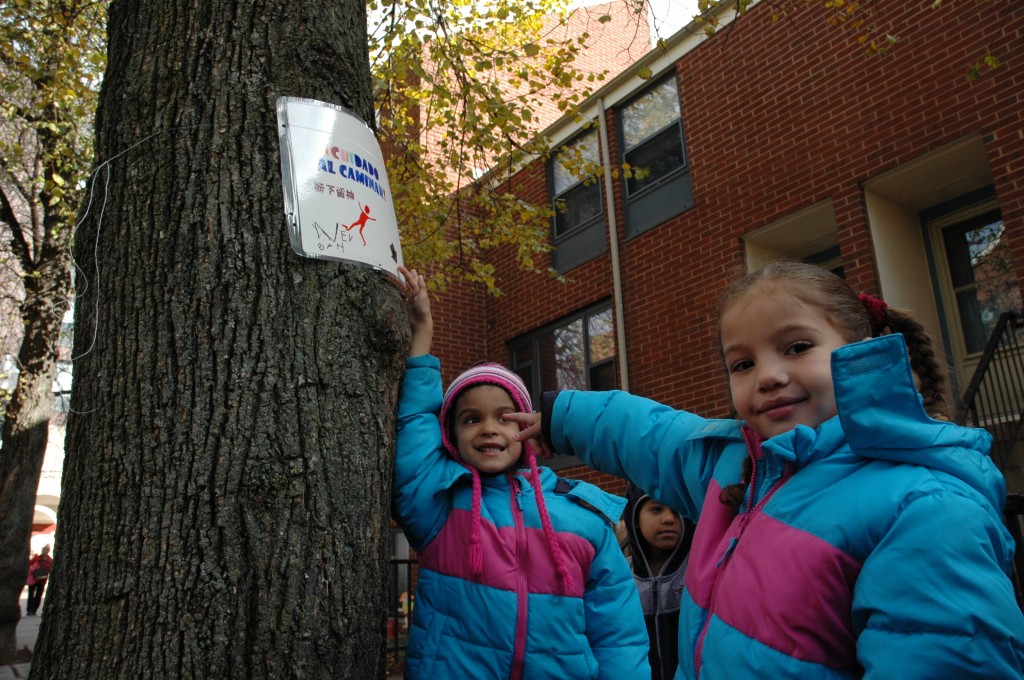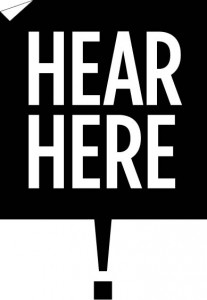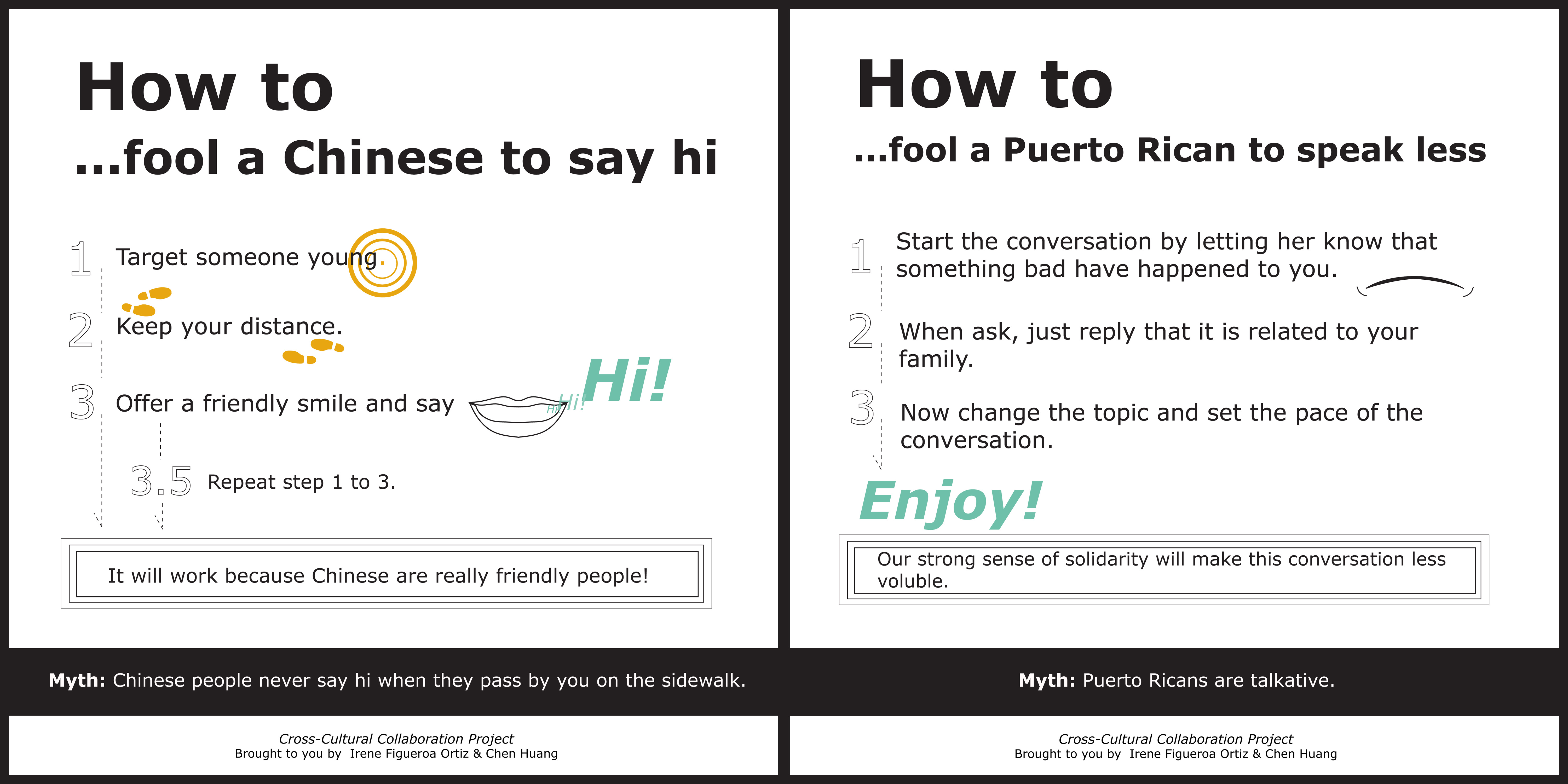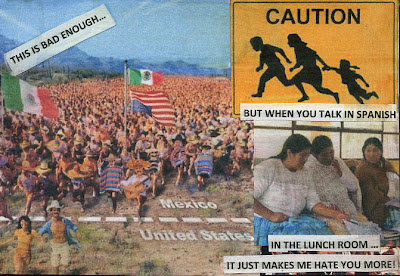Networked Urbanism
design thinking initiatives for a better urban life
apps awareness bahrain bike climate culture Death design digital donations economy education energy extreme Extreme climate funerals georeference GSD Harvard interaction Krystelle mapping market middle east mobility Network networkedurbanism nurra nurraempathy placemaking Public public space resources Responsivedesign social social market Space time time management ucjc visitor void waste water Ziyi
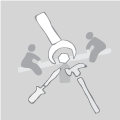
placemaking
Taking action in public space, involving the people that use it and care for it. Through usually lightweight, low-cost, yet high-impact structures, workshops and collective performances that help creating a local sense of community, revitalizing the city and raising awareness.
it’s time to recap our last weeks work!
first of all, this is an updated diagram of our intervention strategy:
here it’s possible to find the same concepts explained in our last post weekly update with new entries and a new set-up.
in particular, after the interviews and the void mapping and selection, here we present the first idea for the LAYER O focused on Santa Maria La Palma’s Consorzio Agrario:
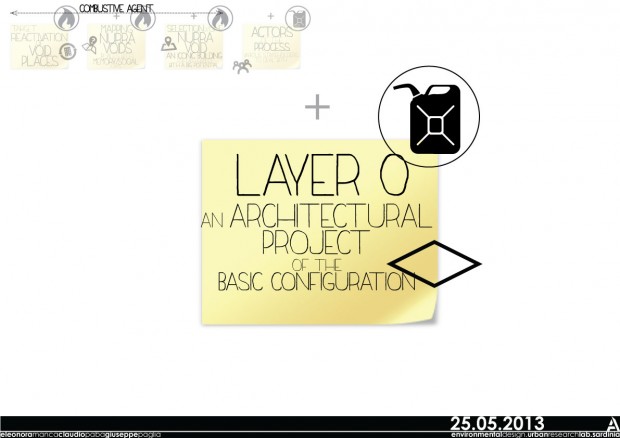
Today’s highly connected world has enabled new forms of communication that have heretofore been impossible. Platforms such as Facebook, Twitter, and Quora allow us to connect with our friends, followers, or people of shared interest, essentially without regard for their physical location. These new forms of interaction are invaluable in their ability to target a very specific audience in ways that are difficult or impossible without current technologies. But while these technologies have largely erased spatial barriers, its potential for facilitating proximal interactions has been left largely unexplored.
What if there was a platform where we could easily share photos and have discussions with fellow event-goers with whom we share our current location? What if this platform could let us talk to our neighbors about community news, ask about a lost pet, or put an item up for sale? What if this platform could allow a new tenant to ask existing residents about move-in advice?
Despite the tremendous value in locally-targeted communication, there is as yet no dominant platform through which to do so. Services that connect you with your residential neighborhood do not allow you to engage with people outside of its boundaries. Services that let people to post in predefined public places do not reflect the users’ sense of place. Services that allow people to post geolocated messages via their physical location do not capitalize on the inherent advantages of the digital medium to transcend spatial restrictions.
For these reasons we decided to develop our own solution:
Hear Here is a location-based discussion board that allows people to connect with each other through the commonality of place. It allows users to engage in threaded discussions that are linked to locations around them. Nearby discussion threads are displayed based on the user’s physical location. Users can also view discussions in other places by moving their virtual selves to that location. These discussions are persistent—they can be viewed and continued by future users even after the original participants have left. Hear Here is designed to foster both local community and provide an avenue for transient populations to engage with locals and with each other.
Hear Here is entirely user generated. Its users create both the content and the geometry of the places to which these topics are tagged. These places can range in scale from a single building up to a city district. A place can be as well-defined as a building or as nebulous and transient such as an impromptu street festival. And because these places not defined by top-down categorizations, Hear Here can provide insights into how people truly conceive of place.
Hear Here can be understood as a conciliation of the digital layer with the physical world. Discussions, conversations, and thoughts are mapped to a virtual representation of real space. Hear Here is still cyberspace—you are free to move your virtual location wherever you want—but it straddles the digital/physical divide in a way that marries the qualities of both kinds of space. It liberates real world users from physical restrictions by allowing them to engage with others at any place and any time, yet it still retains the real world spatiality that is valuable for targeting users. This spatial duality is still a novel and under-explored conception, but we are excited to see how people utilize it in ways we cannot yet imagine.
During November, I have led a series of urban planning workshops with different programs of IBA (Villa Victoria). The workshops became platforms for residents to see the community through a new perspective in which they can map problems and propose solutions for future developments. Given the time constraint only one of the workshops has been taken to a design stage. The students of Escuelita Boriken hand-painted street signs in which they alert residents of bumps and cracks on sidewalks of their community. The event granted 5 year-old students the unique opportunity to act on their built environment and transform it in a positive way.
Hear Here! is a platform that allows you to engage in virtual discussions with people within your vicinity. You can target an audience based on their location (be it your neighbors, concert goers, park patrons, building occupants, etc.) and engage in a rich exchange of information (ie. discussions, photo sharing, classifieds, comments, announcements, etc.). Hear Here aims to strengthen community by facilitating communication amongst other locals.
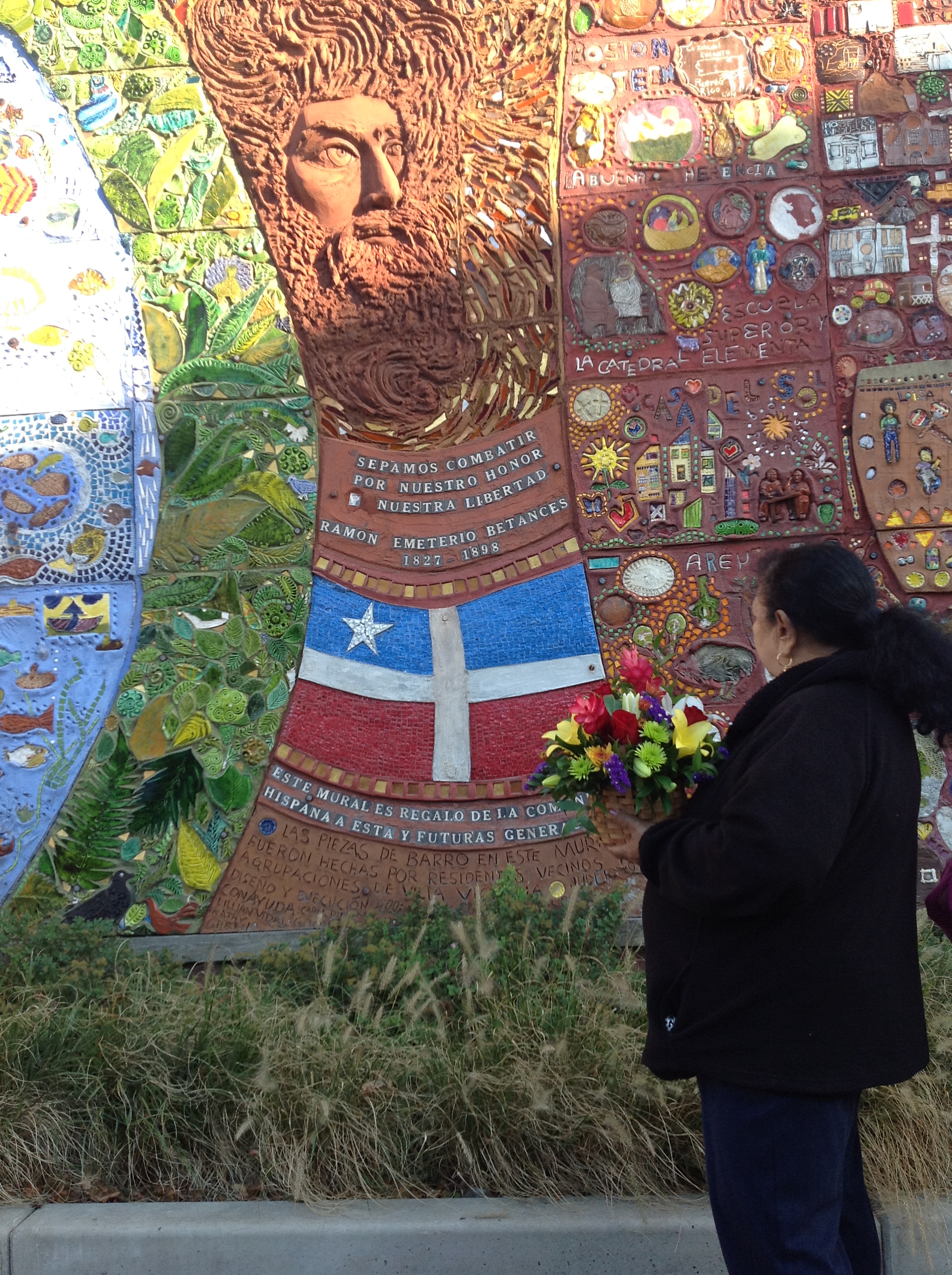 Villa Victoria community member in front of Betances Mural
Villa Victoria community member in front of Betances Mural
This past week after my weekly visit to Villa Victoria and interviewing Anabel Vazquez-Rodriguez, curator and gallery manager in Villa Victoria Center for the Arts, two things became clear. The immigration of non-Puerto Rican groups to Villa Victoria is a recent phenomenon that still have not been mapped or deeply researched. Secondly, the existing monument of the community (Betances Mural) exclusively represents the Puerto Rican population. Today’s Villa Victoria presents a more diverse panorama with a large Chinese community, most of which speak Cantonese Anabel also mentioned that 2nd and 3rd generations of former residents have moved to the outskirts of Boston, being replaced by other cultural groups. The next step is to unveil this demographic change, and understand how it is or will affect existing community structures. Anabel also brought to my attention a documentary project on Villa Victoria ran this past summer by a grad student at MIT . I am excited to learn more about her conclusions on today’s Villa Victoria.
Instead of the sticking ideas from the start, in this one week I am bombarded with opportunities (with brief description) to consider:
A.) Ephemeral City (location based app that focuses on nearby and occurring events. Can partner with iLab venture Hottspot http://hottspot.co/ [thanks Stacey] or work with @hyunez’s project to create something substantial together)
B.) OurGoods (work with existing Bartering community to add a layer of physical socializing)
https://ourgoods.org/users/4827/profile
C.) Turf in the Plaza (Ad hoc artificial turf in wide-open plazas to redefine spatial quality. Best to work with New Urban Mechanics.)
D.) PING in the real world. (Projection installation that makes people play Ping in real life.)
http://www.creativeapplications.net/games/ping-augmented-pixel-tutorials-games/
E.) Student p2p support. (Working with HBS startup USAdelante to create Mobile App that bridges students to support each other, as a solution to the overly high ration between students and counselor)
Act Now :
What I must do now is make a choice. I believe I know what the next steps would be for each of the paths.
This past week we had the opportunity to visit the Villa Victoria housing project in South End. From multiple talks, we learned that the former mostly Puerto Ricans community has changed over time to a more diverse demography. What used to be a purely Puerto Rican community now has a big Chinese community and other Hispanic ethnics. Some of the questions raised by this visit were:
How can you reduce segregation?
How can we create conditions that would make people interact outside their own cultural groups?
How can we make people collaborate with people outside their own cultural group?
These questions led to a one-day workshop where Chen Huang (from China) and I (from Puerto Rico) sat down and talked about our cultural backgrounds in order to find common grounds. The exercise helped us identify three main issues that threaten cross-cultural interactions; myths, cultural differences, and lack of trust. In order to create a ground for cross-cultural interactions it is necessary to equip each group with tools to understand and deal with their differences. The image above was a result of the exercise.
“Where do I go to talk to my neighbors about the new building policy?”
“How do I find out about lectures and events around my area?”
“Can I borrow a lawnmower from a neighbor?”
“I want to tell people about how much I love this park!”
Think Big
While the internet excels at facilitating discussions with strangers located halfway across the world, there is a conspicuous absence of online services that cater to answering the above questions. These activities are still largely conducted via analog means, ie. bulletin boards and face-to-face encounters. But one can imagine a whole host of applications which can benefit from location-specificity. These include:
- • Classifieds (buy & sell, activity partners, job postings)
- • Announcements and bulletins
- • Discussion boards
- • Live chat
- • Local events
- • Community building
Can we create an easy-to-use medium for the exchange and dissemination of location-specific information?
Start Small
The service will be rolled out in a phased manner. Events and announcements will be introduced first in order to generate site traffic. Discussion boards will follow once a larger readership is established.
Act Now
I am currently mocking up a front-end interface for the service. It will initially focus on location-specific announcements and events.
I suppose I large part of a successful mobile app intervention/invention is also to get a wide enough user base. Seems like this web platform does not have a mobile app endeavor yet and would like to see if I could partner with them, perhaps design the app together with them, to engage bartering in a more physical realm, catalyzing serendipitous matching of people with surplus and need.
https://ourgoods.org/projects
If the future is sharing information, resources, and physical spaces, how can we facilitate the process of sharing in cross cultural interactions? Multiple studies reveal that in urban settings where different cultural groups coexist there are high levels of segregation and a lower use of the public space. Cultural frictions can translate into racism, violence, xenophobia, and become obstacles for development. At a global scale, intolerance for other people’s ways of life has resulted in ethnocide. Wades Davis in his Ted Talk Dreams from Endangered Cultures encourages us to value our ethnosphere as it is humanity’s great legacy. In this lecture Davis quotes Margaret Mead’s greatest fear, “as we drifted towards this blandly amorphous generic world view not only would we see the entire range of the human imagination reduced to a more narrow modality of thought, but that we would wake from a dream one day having forgotten there were even other possibilities.”
Tolerance and respect for other people’s way of living can start being address at an urban scale. Cross cultural interactions are battlegrounds where notions of tolerance and respect get tested. During the semester I plan to develop strategies to encourage and facilitate these interactions.
